Sangiovese is a red wine grape variety that originated in central Italy and is known for producing some of the world’s most delicious wines. It is an essential component of some of Italy’s most famous wine regions, including Tuscany, Umbria, and Emilia-Romagna.
If you’re a wine enthusiast who loves exploring new grape varieties, or simply someone who enjoys a good glass of red wine, then Sangiovese wine is definitely worth trying. This guide will provide you with everything you need to know about this grape variety, from its taste profile to its origins and how best to serve it.
All About Sangiovese Grapes and Wine
At least 14 clones of the Sangiovese grape are known. The Sangiovese Grosso varietals provide superior wines compared to the Sangiovese Piccolo family which includes the majority of clones.
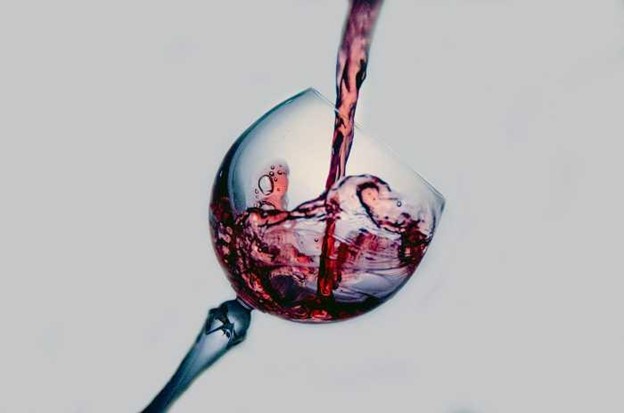
In the Tuscan Sangiovese region the Sangiovese Grosso grape varietals are planted on sunny hillsides with well draining soils to provide the famous tannic wines.
Sangiovese in Tuscany – its wines and synonyms
Sangiovese is the most widely planted red grape varietal in Italy. It has been growing in Tuscany for centuries and is considered the backbone of many famous wines from this region. Sangiovese wine is known for its moderate acidity, firm structure, and complex flavors that range from cherry to leather.
Chianti is perhaps one of the best-known Tuscan wines made with the Sangiovese grape. The wine must contain at least 80% Sangiovese grapes to be called a Chianti Classico, which is aged for at least two years before release. Other well-known Sangiovese-based Tuscan wines include Brunello di Montalcino, Vino Nobile di Montepulciano, and Morellino di Scansano.
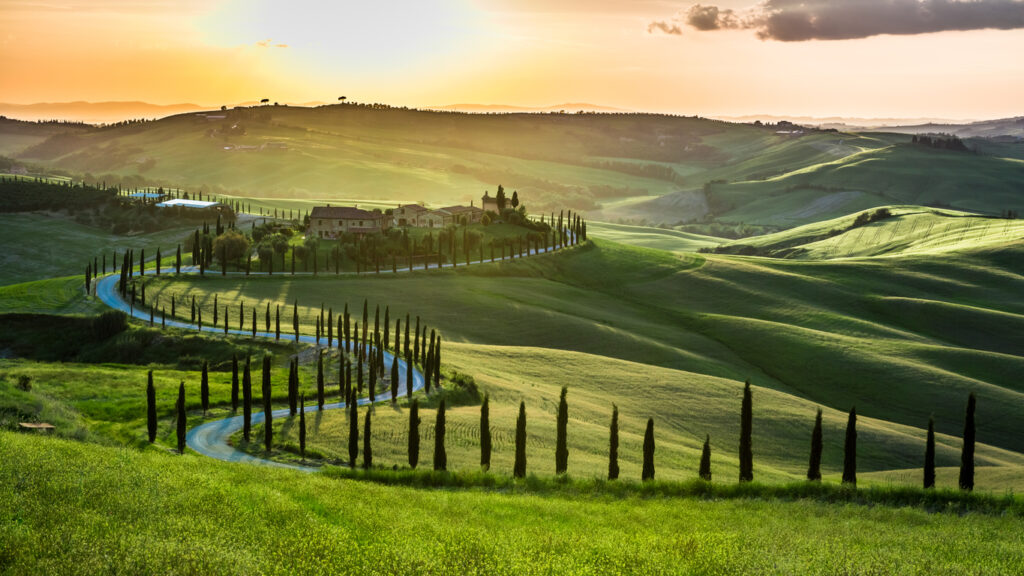
Sangiovese wine has several synonyms depending on where it’s grown in Tuscany.
Wine Regions
Sangiovese is a red grape variety that is native to Italy and is the most widely planted grape in the country. In the Tuscanny region it`s used for the production of the chianti classico wine. The Italian grape has been used for centuries to produce some of the world’s most popular wines, including Chianti and Brunello di Montalcino. Sangiovese wine is known for its bright acidity, high tannins, and complex flavors that develop over time.
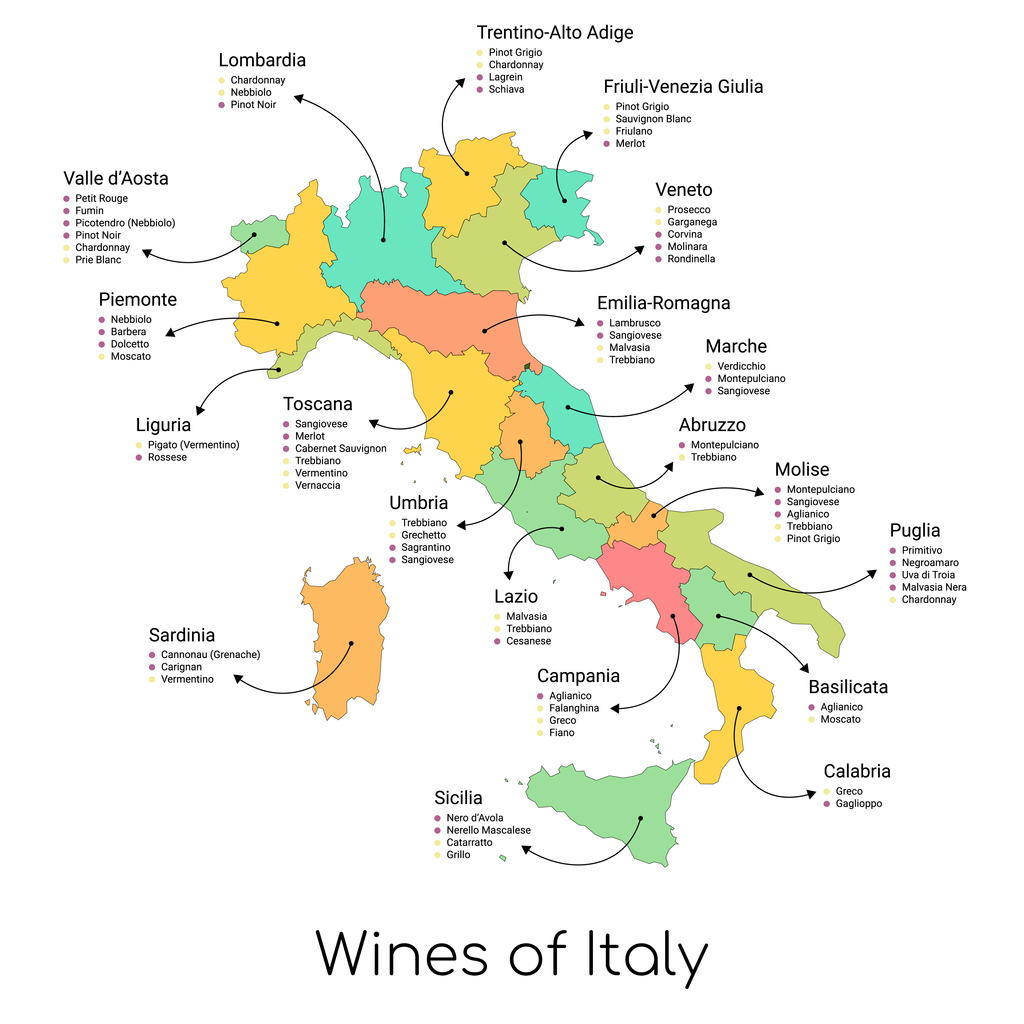
There are several wine regions in Italy where Sangiovese thrives, each with its own unique characteristics. Tuscany, the chianti classico region, is perhaps the most famous region for Sangiovese wines, particularly Chianti and Brunello di Montalcino. These wines are known for their bold flavors of cherry and leather, as well as their high acidity and tannins.
Where Does the Sangiovese Grape Grow?
Sangiovese is an ancient grape variety that has been cultivated in Italy for centuries. It is the most widely planted grape in Tuscany, where it is used to make some of the world’s most famous wines such as Chianti Classico, Brunello di Montalcino, and Vino Nobile di Montepulciano. However, Sangiovese is also grown throughout Italy and other parts of the world.
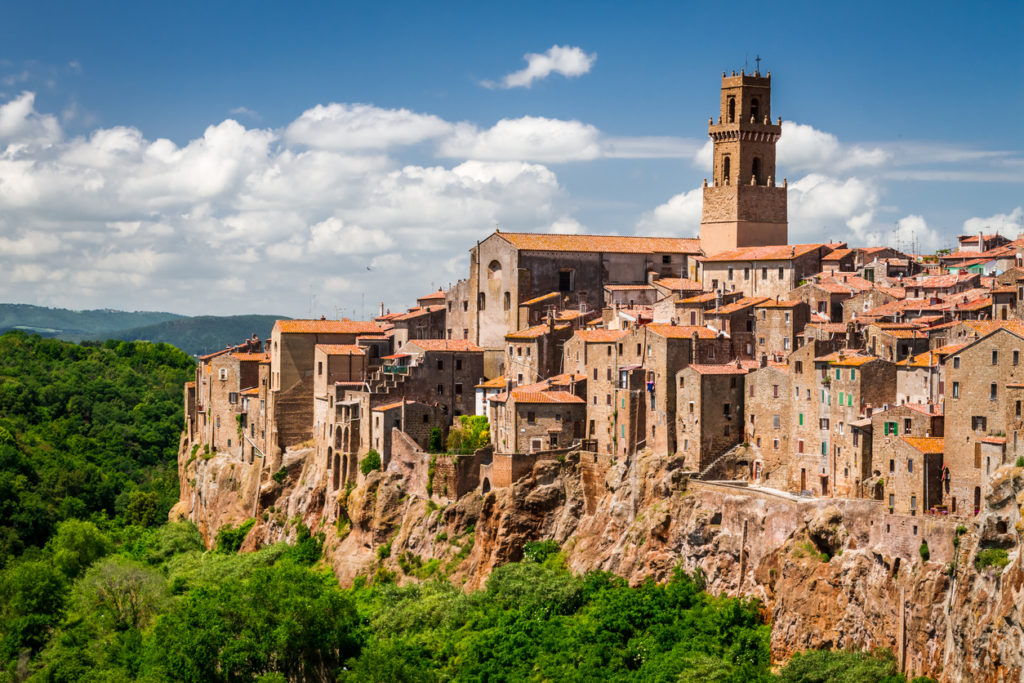
The Sangiovese grape thrives in warm climates with a lot of sunlight, which helps it to ripen fully. In addition to Tuscany, this grape variety can be found growing in many other regions across Italy including Emilia-Romagna, Umbria, Marche and Abruzzo. Outside of Italy, California has become a popular region for Sangiovese vine for cultivation due to its similar climate conditions.
What Does Sangiovese Wine Taste Like?
Sangiovese wine is known as the king of Tuscan wines. This red grape variety has been grown in Italy for centuries and is now widely cultivated across the globe. The wine made from Sangiovese grapes is a dry, medium-bodied wine that can range from light and fruity to full-bodied with intense flavors.
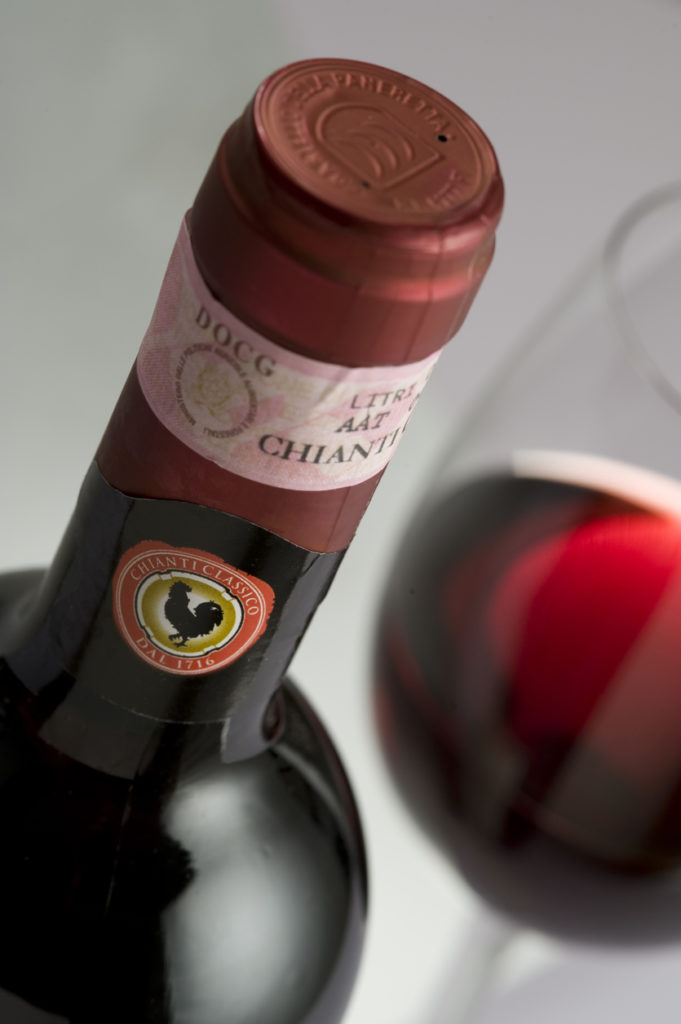
The taste of Sangiovese wine depends on various factors such as the climate of the region where the grapes are grown, winemaking techniques used by different producers, and aging methods employed. In general, Sangiovese wines have high acidity levels that give them a vibrant character. They often have aromas of cherries, strawberries, plums, and raspberries with hints of herbs such as thyme and rosemary.
When it comes to taste, Sangiovese wines are typically dry with moderate tannins.
Sangiovese Wine outside Italy
Sangiovese is one of the most popular wine grapes in Italy. It is a red grape variety that is primarily grown in central Italy, particularly in Tuscany, where it forms the backbone of some of the most famous wines like Chianti and Brunello di Montalcino. Over the years, Sangiovese wine has become synonymous with Italian wines and represents a significant proportion of Italian wine production.
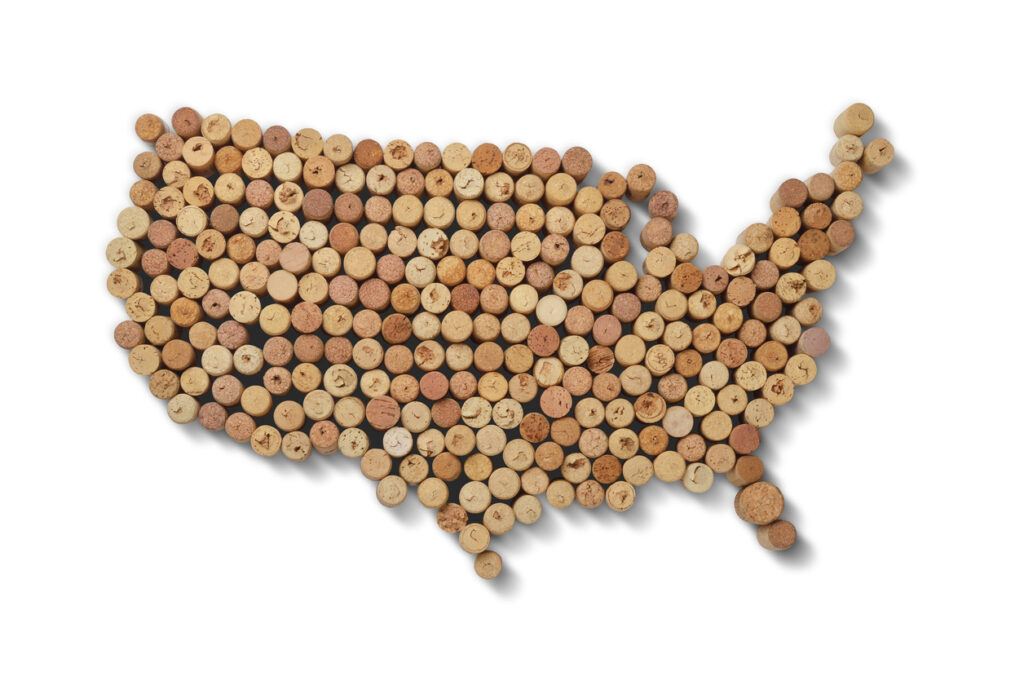
However, Sangiovese wine has also gained popularity outside its home country. The grape variety has been planted in several countries across the world, including Argentina, Australia, Brazil, Chile, California (USA), and South Africa. While these regions don’t have the same terroir as Tuscany or other parts of the southern italy, Italy where Sangiovese thrives best due to soil composition and climate conditions but they are producing some excellent wines using this grape varietal.
Fruit Forward vs. Rustic
Fruit forward and rustic Sangiovese wine are two distinct styles of this popular Italian varietal. While both types of Sangiovese have their own unique characteristics, they cater to different palates and occasions.
Fruit forward wines are known for their intense fruit flavors, such as cherry, raspberry, and strawberry. These wines often have a lighter body with lower tannins, making them more approachable for casual drinking or pairing with lighter fare such as salads or seafood. They can be enjoyed young or aged for a few years to develop more complex notes.

On the other hand, rustic Sangiovese wines lean towards earthy and savory flavors with notes like leather, tobacco, and dried herbs. They often have higher tannins with a fuller body that’s better suited for heartier dishes such as roasted meats or pasta dishes with rich sauces.
Brunello di montalcino Wines
Brunello di Montalcinos are some of the most prestigious and sought-after wines in Italy. Made from 100% Sangiovese grosso grapes, these wines have earned a reputation for their rich complexity and depth of flavor. The unique combination of the region’s terroir, climate, and traditional winemaking techniques make Brunello di Montalcino one of the world’s most distinctive wines.
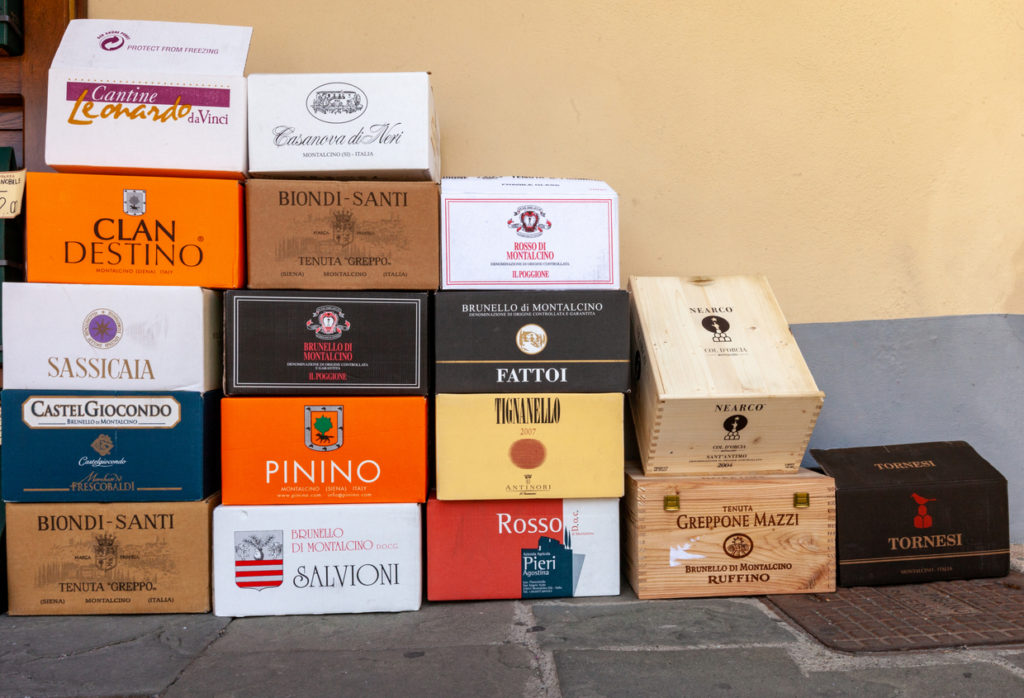
The wine takes its name from the hilltop town of Montalcino in Tuscany, where it has been produced since the 14th century. The area’s sandy soil, warm days and cool nights create optimal growing conditions for Sangiovese grosso grapes that thrive in this environment. The resulting wine is characterized by its full-bodied texture with aromas that range from red fruit to tobacco and leather notes.
Montepulciano Wines
These wines have recently started to gain popularity among wine enthusiasts and connoisseurs due to their unique flavor and aroma. The Sangioveseo grape is used to make red wines in the Tuscany region, which are known for their richness, complexity, and full-bodied texture.
One of the key characteristics of Montepulciano wines is their fruity taste, which ranges from black cherry to the plum and wild raspberry flavors. This is due to the presence of Sangiovese grapes in the blend that provide a bold and intense flavor profile. Additionally, these wines have a distinct aroma that can be described as earthy with hints of spice and leather undertones.
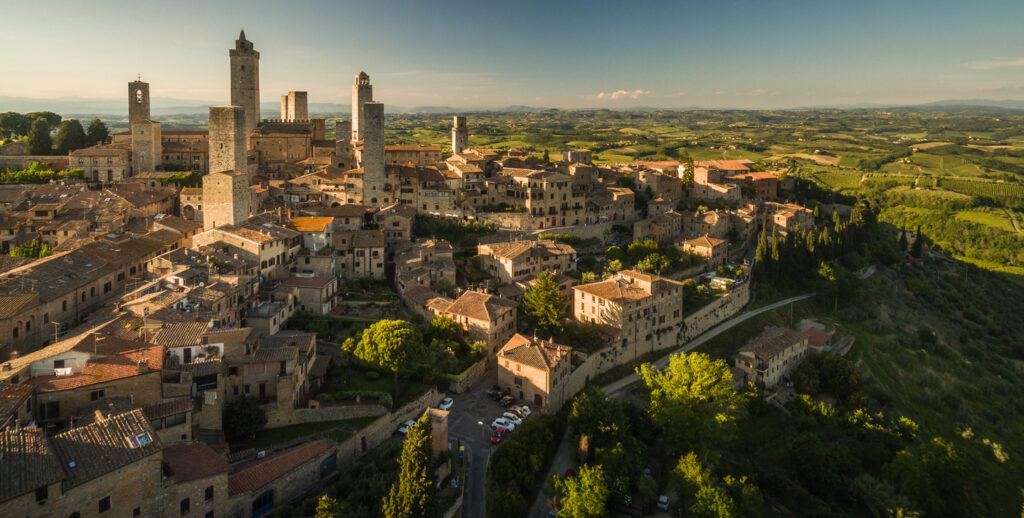
The aging process also plays an essential role in determining the flavor profile of Montepulciano wines.
Brunello di Montalcino vs Montepulciano Sangiovese Based Wines
Brunello di Montalcino and Montepulciano Sangiovese based wines are two of the most famous Italian red wine varieties. Both are made from the same grape, Sangiovese, but the difference lies in their terroir and winemaking techniques. Brunello di Montalcino is produced in Tuscany’s Montalcino region, while Montepulciano Sangiovese wine is made in the town of Montepulciano.
Brunello di Montalcino is known for its depth, complexity, and elegance. It has a garnet color with notes of cherry, plum, leather, tobacco, and earthy undertones. Its high tannin content gives it an aging potential of up to 20 years or more.
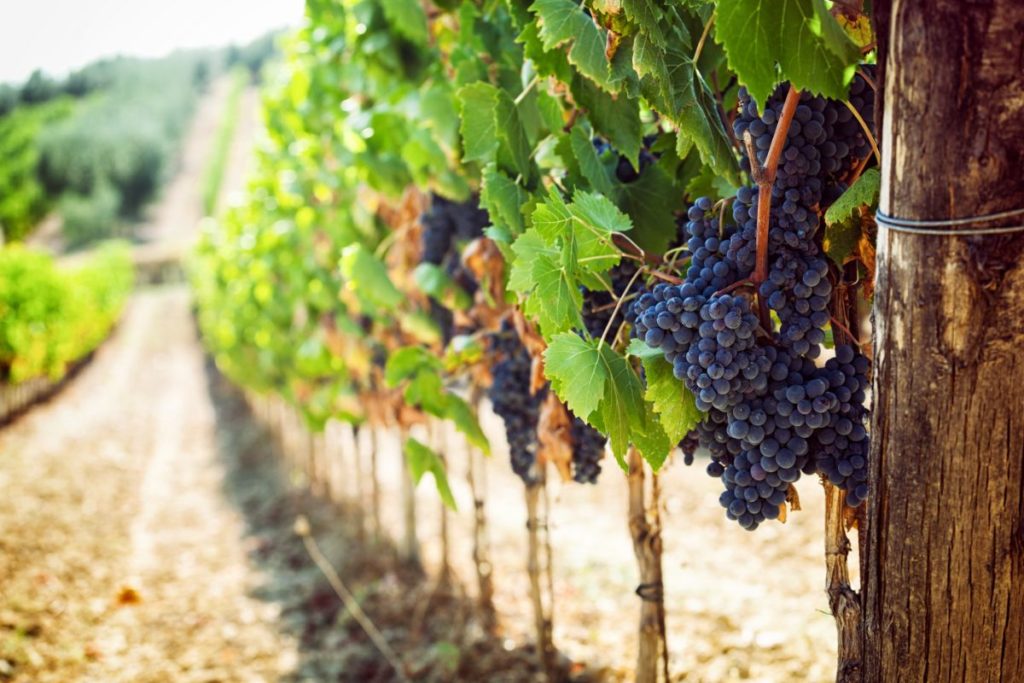
Montepulciano wines are made from the sangiovese grape but they are frutier and lighter than their Brunello di Montalcino counterparts. Both towns produce elegant wines based on the sangiovese grape.
Sangiovese Wine and Super Tuscans
Super Tuscans are a relatively new category of wine that emerged in Tuscany, Italy in the 1970s. They are primarily made from blends of Sangiovese, Cabernet Suavignon and Merlot grapes which give them their unique taste and character.
Sangiovese is the main grape variety used in Super Tuscan wines. It is known for its high acidity levels and strong tannins, which provide structure to the wine. Cabernet Sauvignon adds depth and complexity with its bold flavors of blackcurrant and cedar while Merlot gives a softness to balance out the richness. Cabernet Franc is used in Super Tuscan wines as its sibling Cabernet Sauvignon.
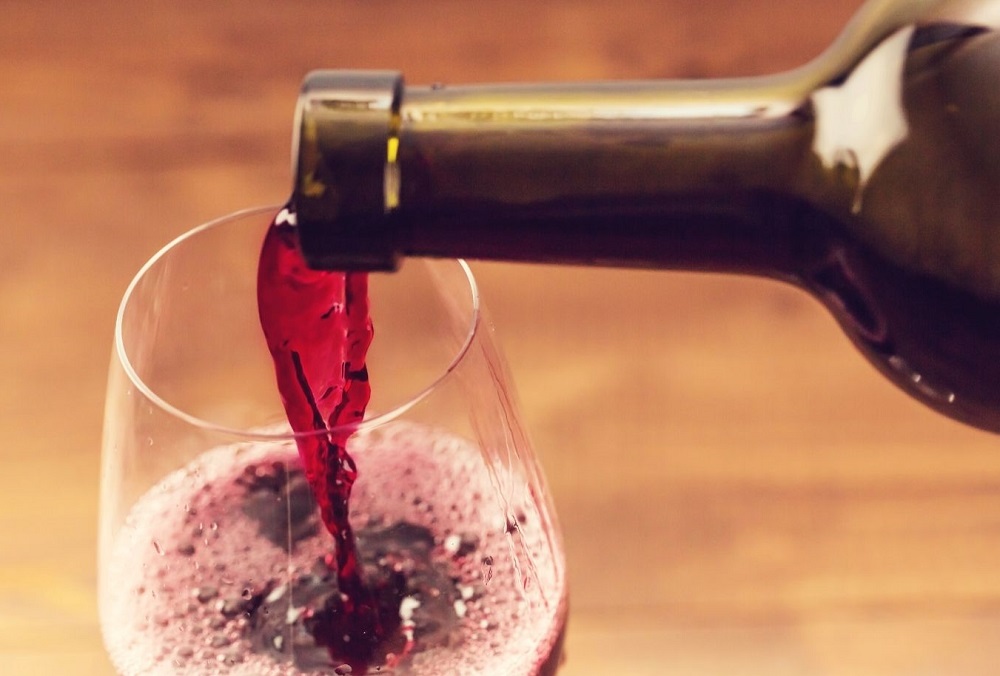
Super Tuscans have become popular among wine lovers due to their rich flavor profile and versatility with food pairings. They often exhibit characteristics such as dark fruit flavors, spice notes, and an elegant texture.
Sangiovese winemaking and blending with other varieties
Sangiovese is a red wine grape variety that is native to Italy and primarily grown in the Tuscany region. It’s the most widely planted grape variety in Italy, accounting for approximately 10% of all vineyards. Sangiovese wines are known for their bright acidity, medium body, and flavors of cherry, plum, and earthy spices.
Winemaking with Sangiovese involves careful attention to detail throughout the entire process. The grapes must be picked at just the right time to achieve optimal ripeness levels. After harvest, they’re destemmed and crushed before undergoing fermentation with the skins still intact. This process allows for maximum extraction of color and tannins from the skins. Sangiovese is also commonly blended with other varieties such as Cabernet Sauvignon or Merlot to create more complex wines with added depth and structure.
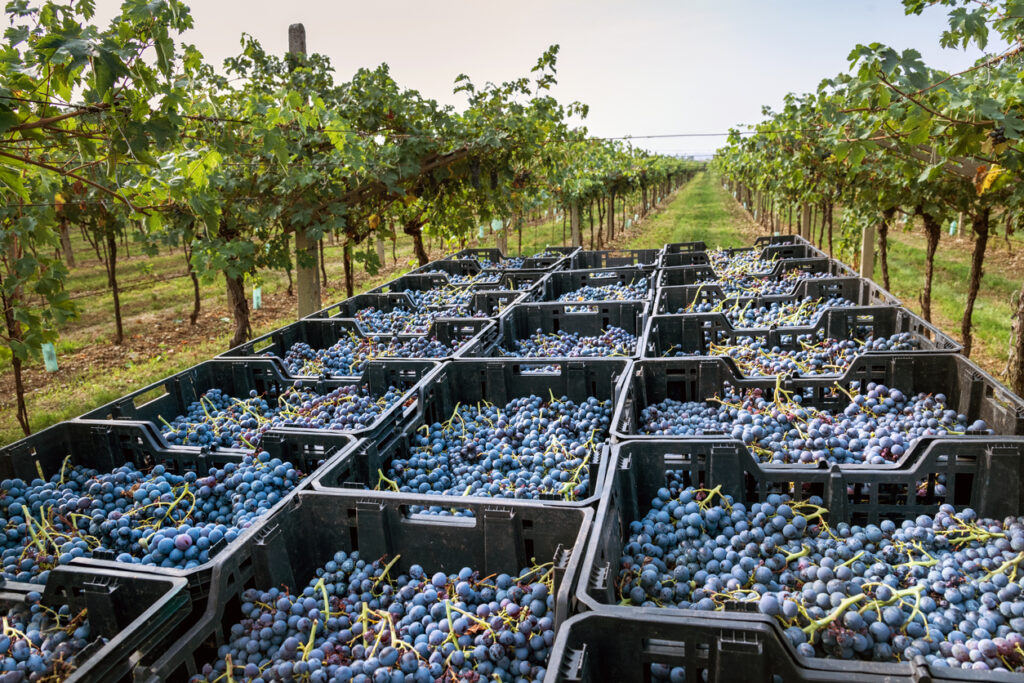
Sangiovese Food Pairings
It is a red grape variety that originated in Italy. It is the most widely planted grape in Tuscany, where it is used to produce some of the world’s most famous wines. Sangiovese grapes are known for their high acidity, tannins, and fruit flavors such as cherry, plum, and raspberry. These characteristics make it an excellent wine for food pairing.
The natural acidity of Sangiovese makes it an ideal match for tomato-based dishes such as pizza and pasta with tomato sauce. The high tannin content of the wine helps to cut through the acidity of the tomatoes, while its fruity flavors complement the sweetness of ripe tomatoes. Additionally, Sangiovese pairs well with meaty dishes like grilled lamb or beef steaks because its bold flavor can stand up against rich meats.
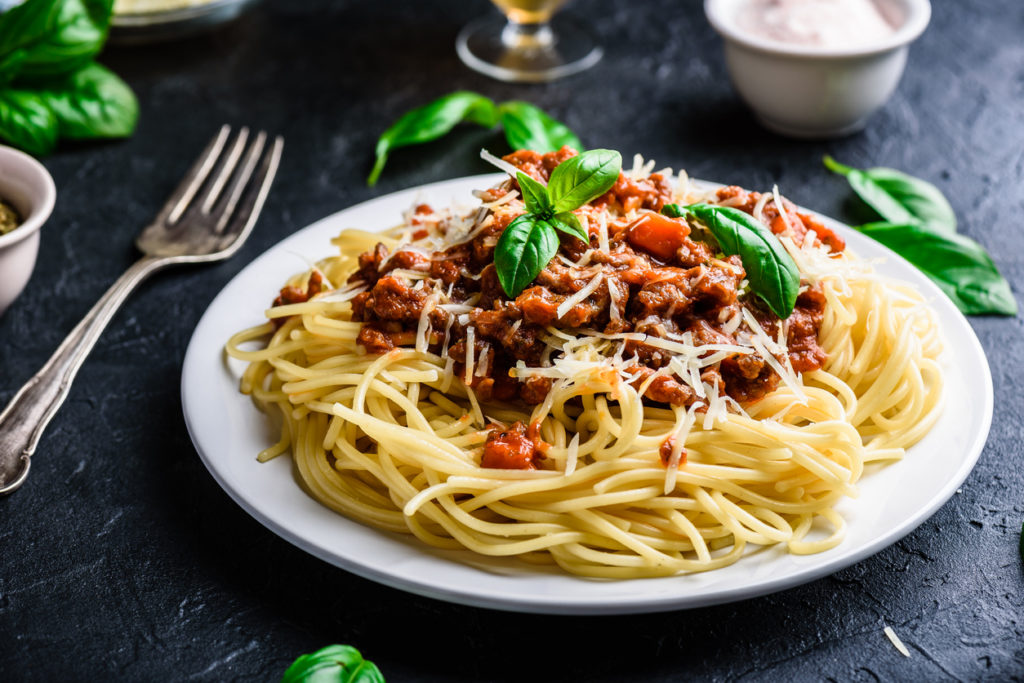
Key Sangiovese Producers And Buying Tips
When buying Chianti classico wines it can be difficult to find a good value for money wine. There is always a good Chianti Classico but it is likely to be expensive as the examples given below. We tried twines which are more budged friendly and have a typical Chianti Classico taste.
Sangiovese Wines Newdaywine likes
One of the sangiovese based wines we like especially at Newdaywine for its taste and price is from the Tenuta il Palagio “When We Dance” . Regardless of vintage the wine makers are able to reproduce a great flavor and aroma in their wines for a reasonable price.
Tenuta Il Palagio “WHEN WE DANCE” Chianti DOCG
Tenuta Il Palagio is an extraordinary winery located in the heart of Tuscany, producing some of the finest wines in Italy. One of their standout creations is the “WHEN WE DANCE” Chianti DOCG, which has garnered praise from wine enthusiasts all over the world. This red wine is made using Tuscan Sangiovese grapes and aged for 12 months in oak barrels, resulting in a deep ruby color and complex flavor profile.

The aroma of this Chianti DOCG is intense and inviting with notes of ripe cherries, blackberries, vanilla, and spices. On the palate, it’s full-bodied with well-balanced tannins and acidity that adds to its structure. The flavors are equally mesmerizing with hints of dark fruit, tobacco leaf, chocolate and leather.
1983 Case Basse di Gianfranco Soldera Brunello di Montalcino Riserva DOCG, Tuscany, Italy
In 1983, Case Basse di Gianfranco Soldera Brunello di Montalcino Riserva DOCG was born in Tuscany, Italy. This wine is an exceptional example of what the region has to offer and has been praised by critics worldwide for its complexity and depth. While it may be difficult to come by, those who are lucky enough to taste this wine will undoubtedly be left in awe.
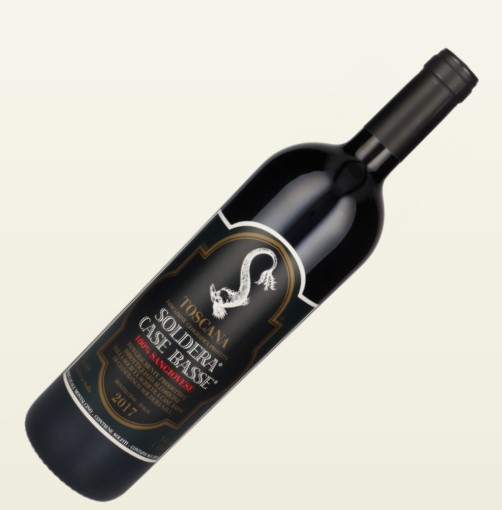
The vineyard that produces Case Basse di Gianfranco Soldera Brunello di Montalcino Riserva DOCG spans over 23 hectares and is dedicated solely to the production of this single wine. The grapes are hand-picked and sorted before being fermented using natural yeasts in concrete tanks before being transferred into French oak barrels for aging. The resulting wine is rich, bold, and full-bodied with notes of dark fruit, leather, tobacco, and spice.
1995 Fattoria Poggio di Sotto Brunello di Montalcino Riserva DOCG, Tuscany, Italy
The 1995 Fattoria Poggio di Sotto Brunello di Montalcino Riserva DOCG is an exceptional vintage wine from Tuscany, Italy. This wine has been aged for years and can be considered a true masterpiece of Italian winemaking. The grapes used in making this wine were picked at the perfect time, hand-selected, and underwent careful fermentation before being aged in oak barrels.
Upon opening this bottle of wine, the aromas of dried fruits, spices and leather immediately hit your nose. The taste is complex with notes of dark cherry, blackberry jam, vanilla bean and a hint of chocolate on the finish. Its tannins are still present but have softened over time to create a smooth mouthfeel that lingers long after you take a sip.

1997 Avignonesi Occhio di Pernice Vin Santo di Montepulciano, Tuscany, Italy
The 1997 Avignonesi Occhio di Pernice Vin Santo di Montepulciano is a unique and rare dessert wine that hails from the Tuscany region of Italy. The wine is made using a combination of both Sangiovese vines and Canaiolo grapes which are carefully selected and left to dry on straw mats for several months before being pressed. The juice is then aged in small barrels for at least eight years, resulting in a rich, deep amber color with complex flavors.
Occhio di Pernice translates to “eye of the partridge,” which refers to the pinkish hue of the wine. It’s a sweet wine with notes of caramel, raisins, figs, and honey that linger on the palate long after each sip.

2001 Casanova di Neri Cerretalto, Brunello di Montalcino DOCG, Italy
The 2001 Casanova di Neri Cerretalto, Brunello di Montalcino DOCG, Italy is a wine that has gained a lot of recognition and reputation in the wine industry. This red wine is made from 100% Sangiovese grapes, which are grown in the region of the rosso di Montalcino in Tuscany. The Cerretalto vineyard is known for its rocky soil and steep slopes that produce high-quality grapes.

This vintage displays an intense ruby color with aromas of black cherry, plum, and cigar box. On the palate, it shows a complex structure with rich flavors of dark fruit, leather, and tobacco. The tannins are firm yet balanced with acidity that gives this wine its longevity. This full-bodied wine has a long finish with hints of spice and vanilla.

